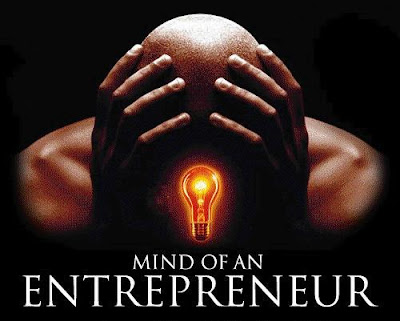Image via Wikipedia
Blogging = Learning + Teaching + Churning + Entertaining (2 way)
There is research to prove blogging is good for your brain, like running is good for your thighs. Has to be. You can intuitively conclude. You don't need research for that. And by blogging, I mean blogging. That includes podcasting, that includes videoblogging. That includes micro-blogging, of course.
The Internet is the Ultimate Media. Every moment of every life can be recorded, technically speaking. But what if you are not interested in the mundane, what if you are only interested in ideas? What if you don't care if they are mixed up?
A blog is a web log. The web is the interweb - I got that word from Morgan Grice a few days ago - and it is the web that is key. How you log on to it, how you latch on to it, does not matter. Every netizen is a producer, every netizen is a potential consumer.
The netizens suck on the nipples of Mother Web for nourishment. Netizens produce knowledge, perspectives. Even when nothing groundbreaking is happening, even if it is just the proliferation of existing knowledge, something fascinating is happening.
Like I have said many times, you can not bring all Nepalis to MIT, but you can take MIT to everyone in Nepal. If all textbooks, if all journal articles, and all lecture videos are added to the soup called the social web, how much will you be missing if you are not on campus?
And the blog is the center of that action for each individual netizen. If nothing else, it allows you to display your ignorance.
The interweb is not just about putting faces in front of computer screens. It is about taking group dynamics to a whole different level. Barack Obama rode the internet all the way to the most powerful office in the world. How much more real does it have to be? Grassroots governance is going to be more exciting than grassroots campaigning.
The blog is where it gels for the netizen. That space is your space, and it has all the wheels of media. It has the feel of a classroom. It is in your face like a microphone. It is expansive like air, water, space. It is casual like gum. It is private. I mean, if you are struggling to get page hits.
Spamming Om Malik
Digg Button, Twitter Button For Your Blog Posts
Blogging Several Times A Day
Blogging Tips
A Blogger Is Also An Editor
Blog Daily
Where Have You Placed Your Ads?
Sites That Pay You To Blog




